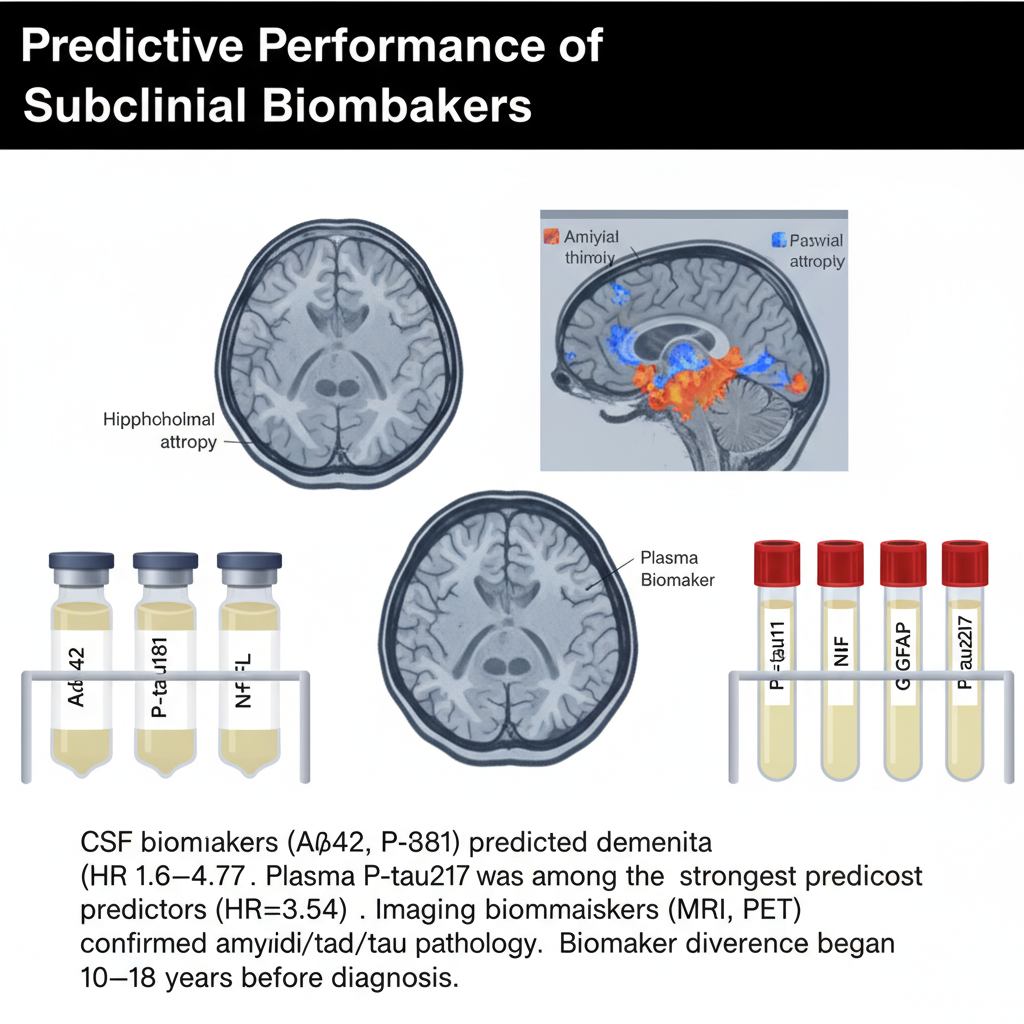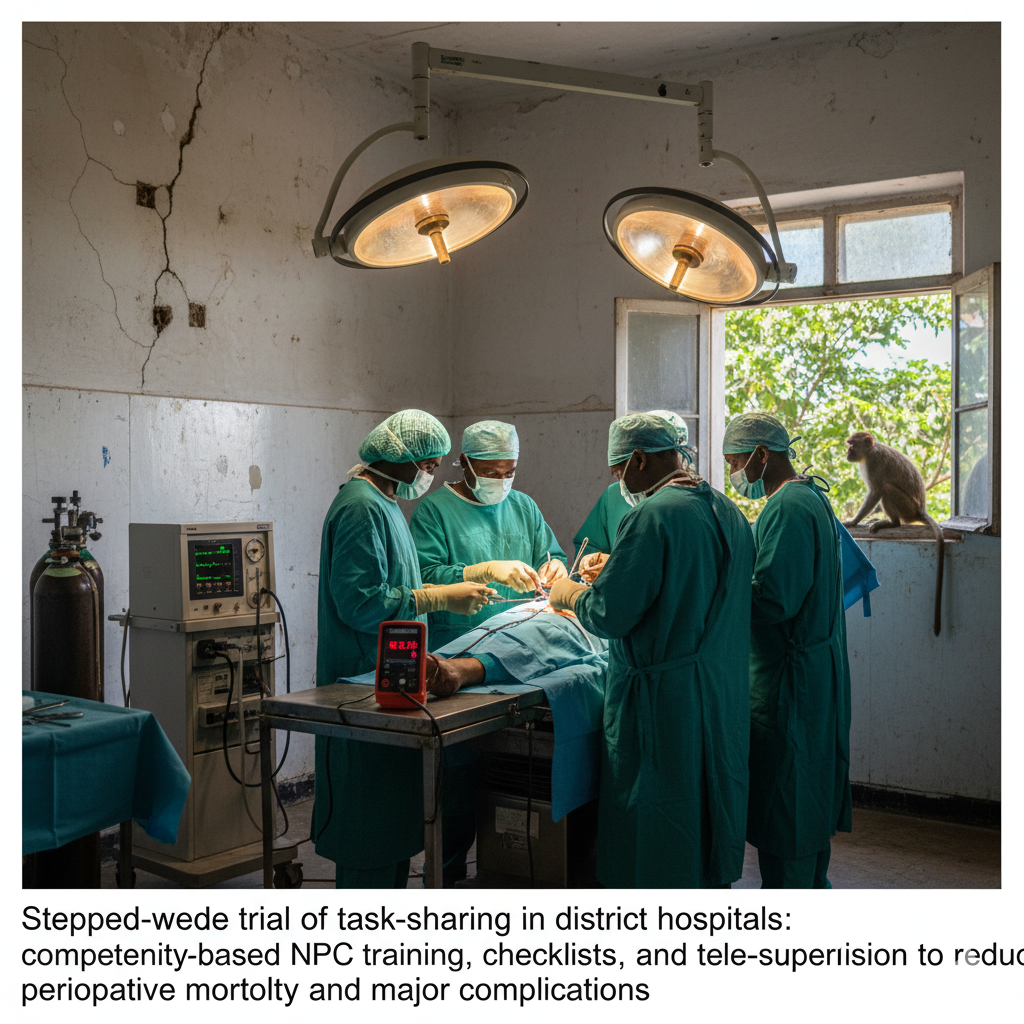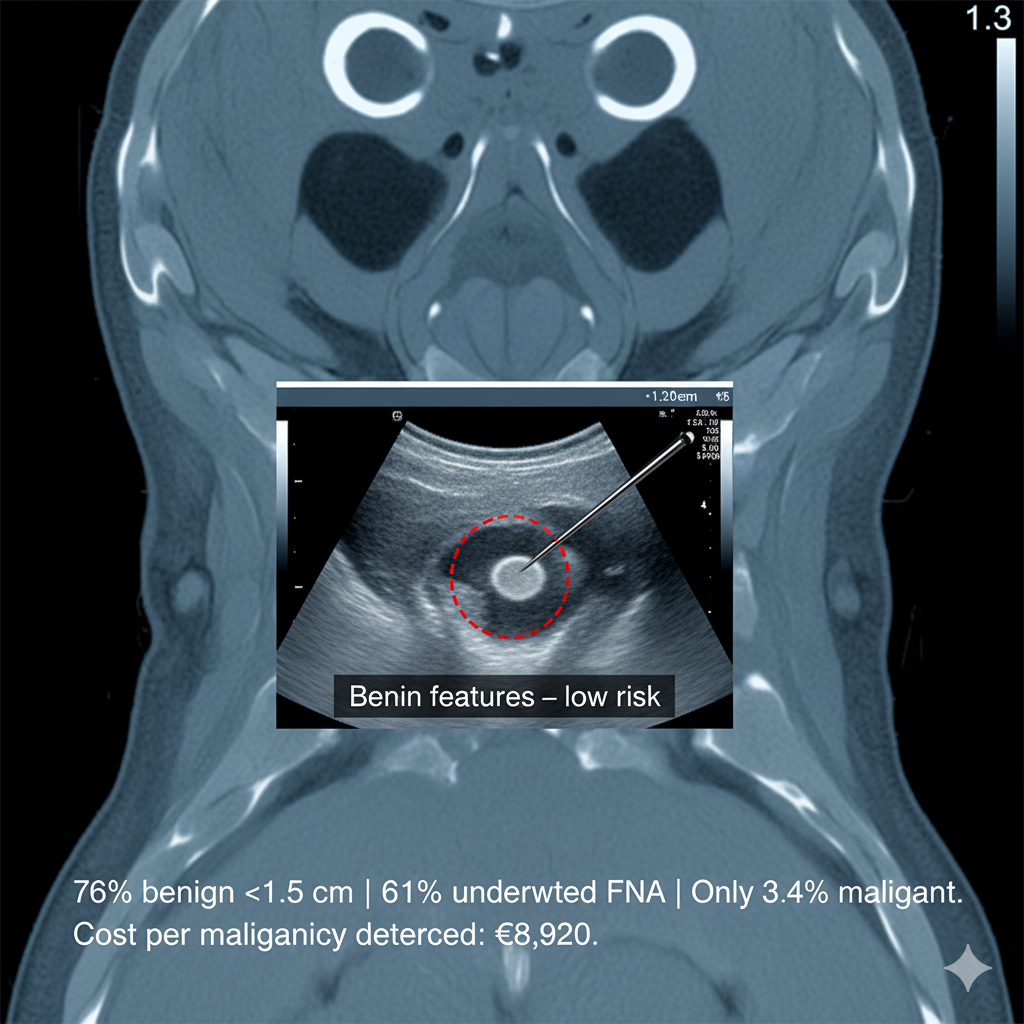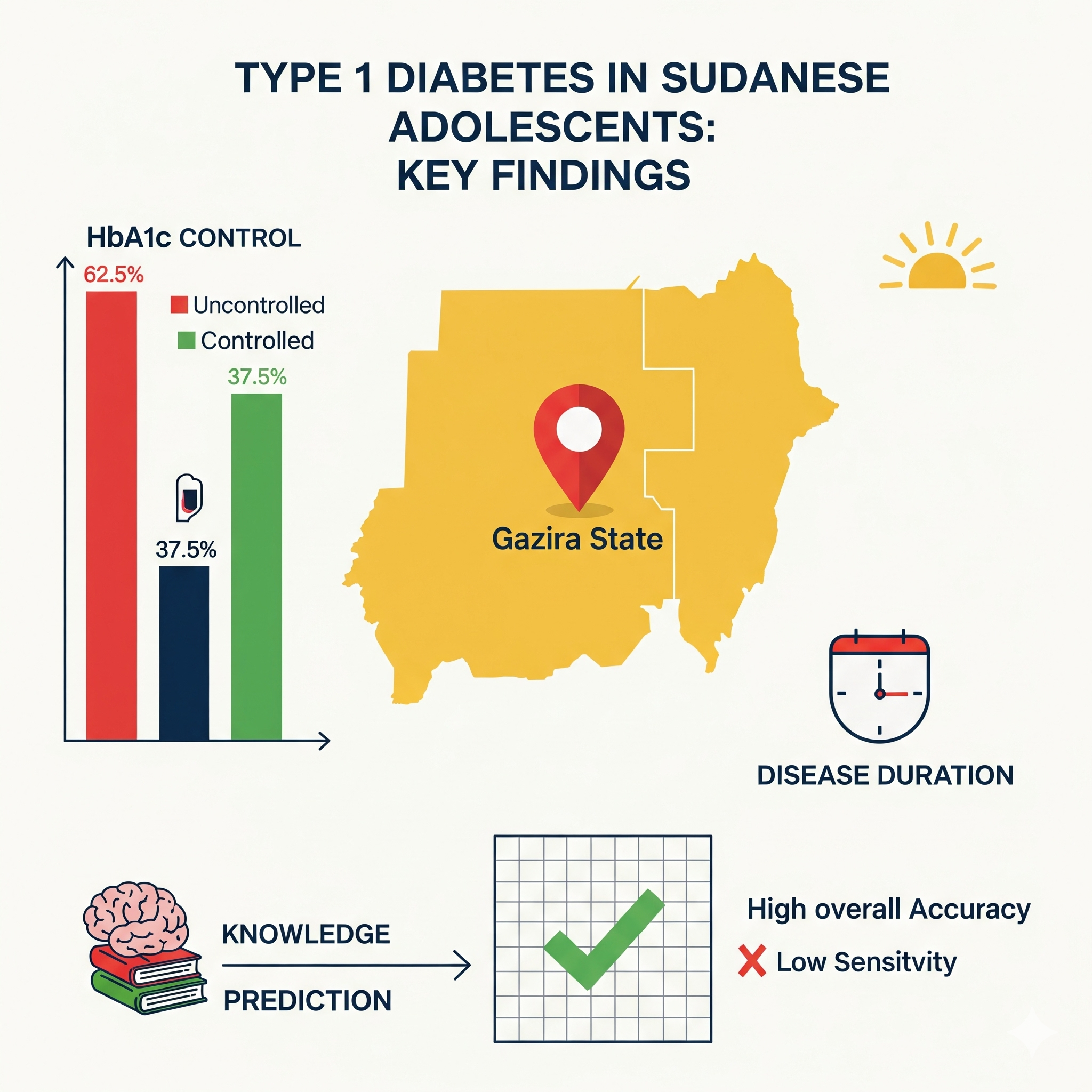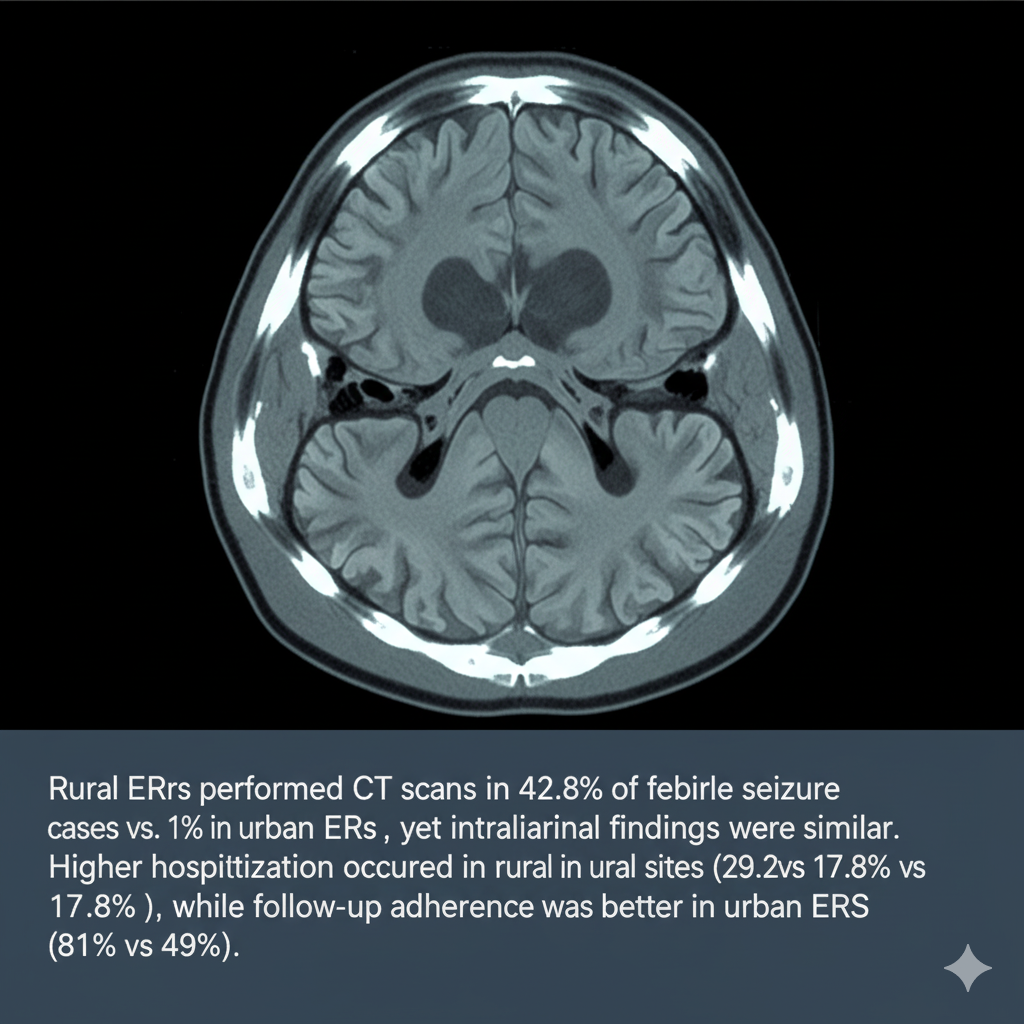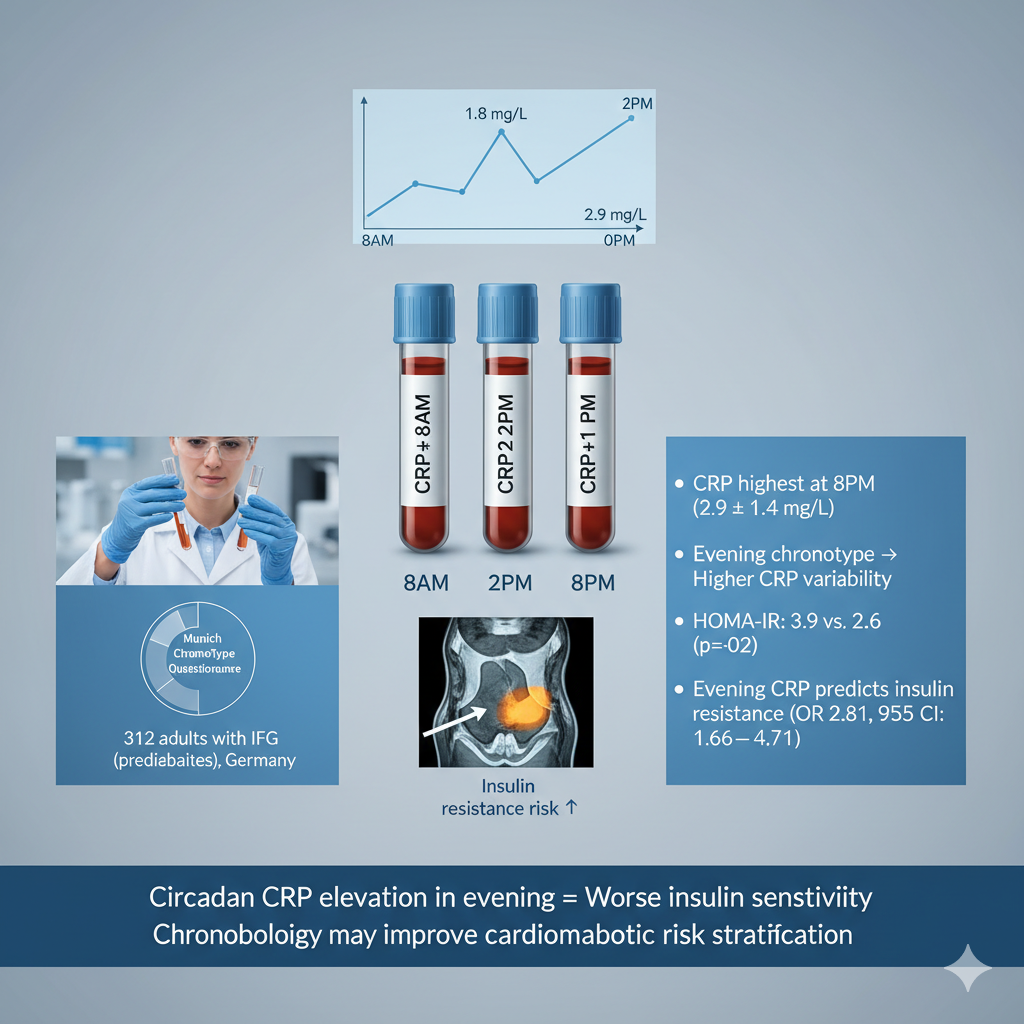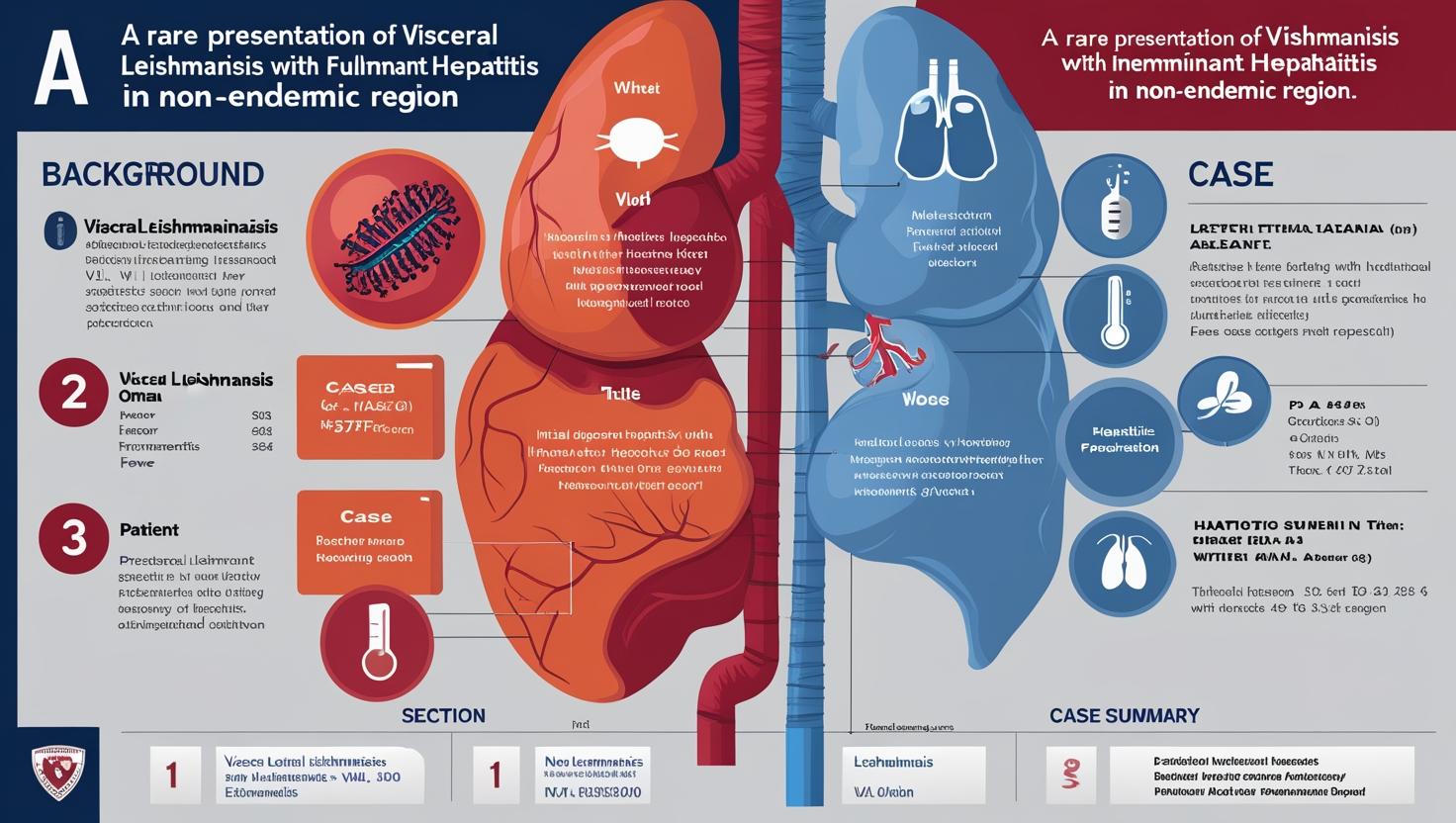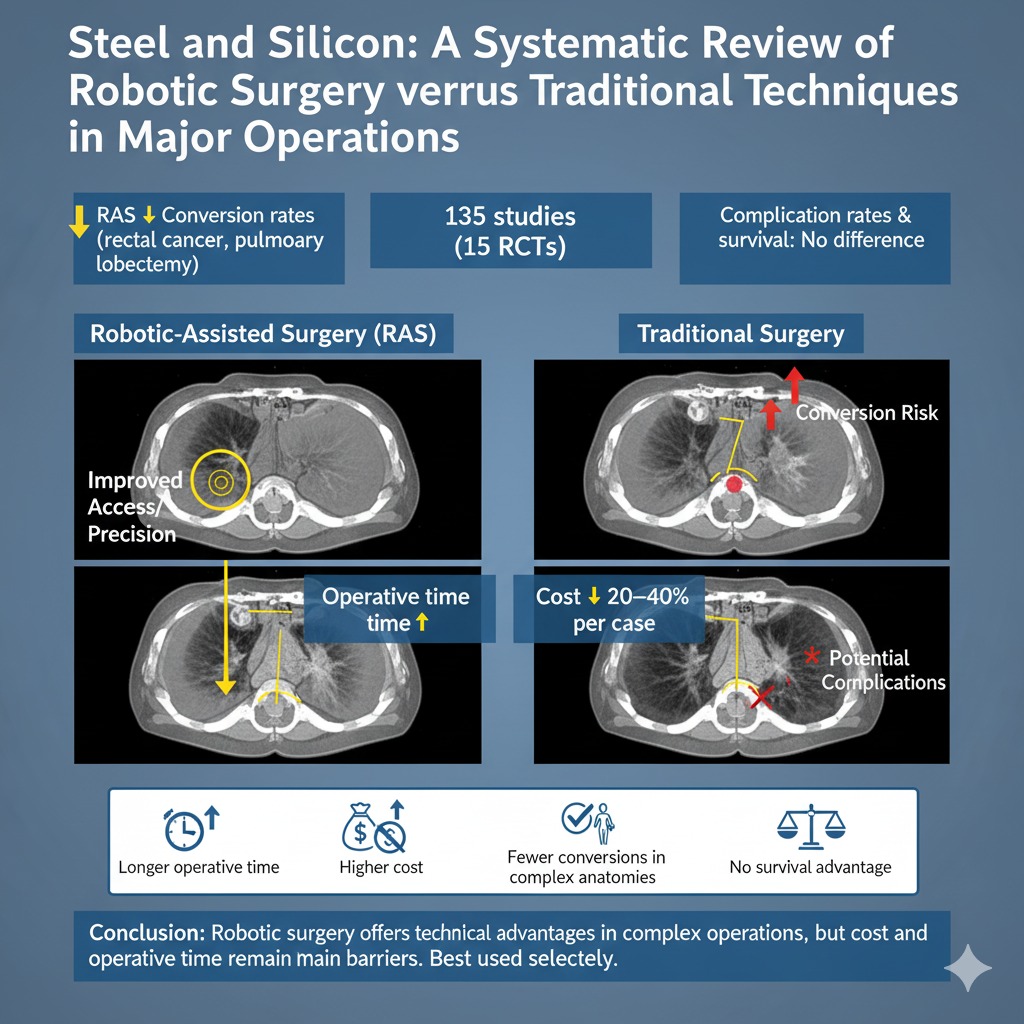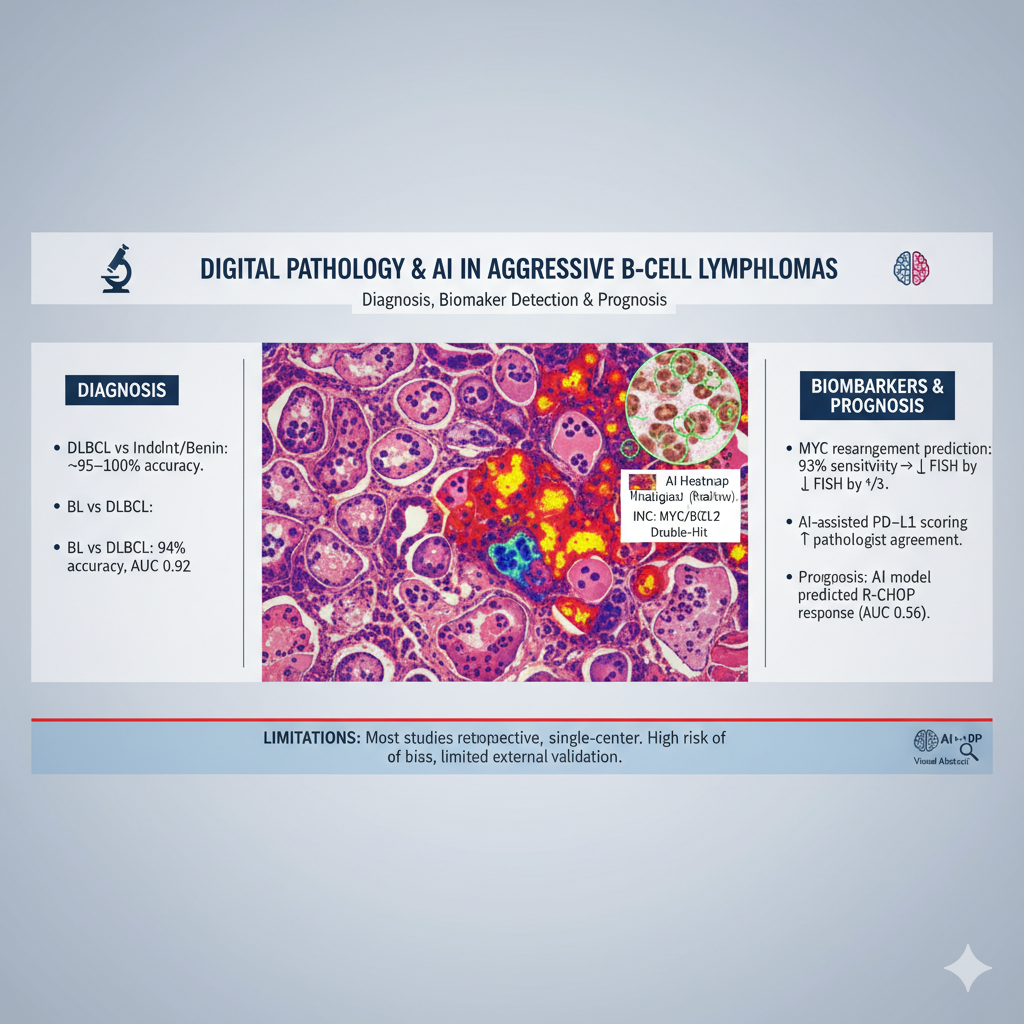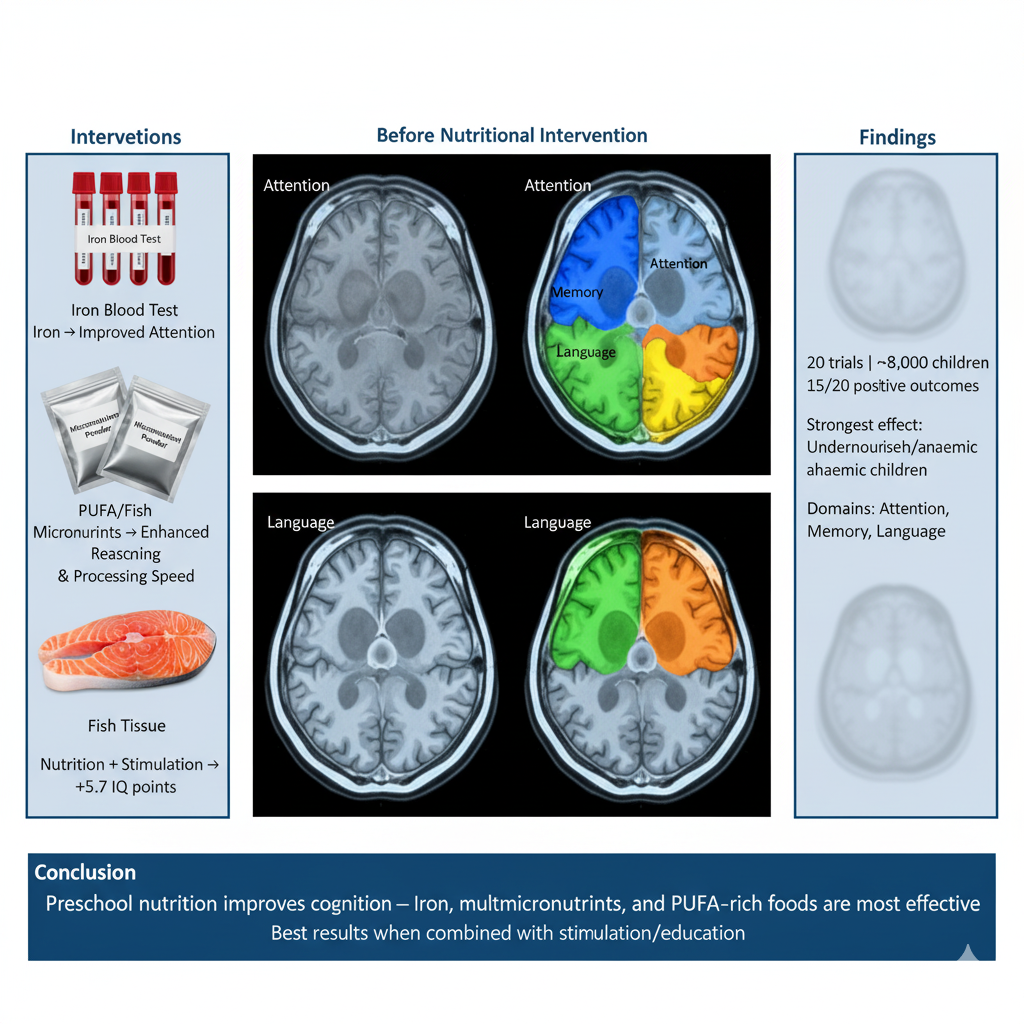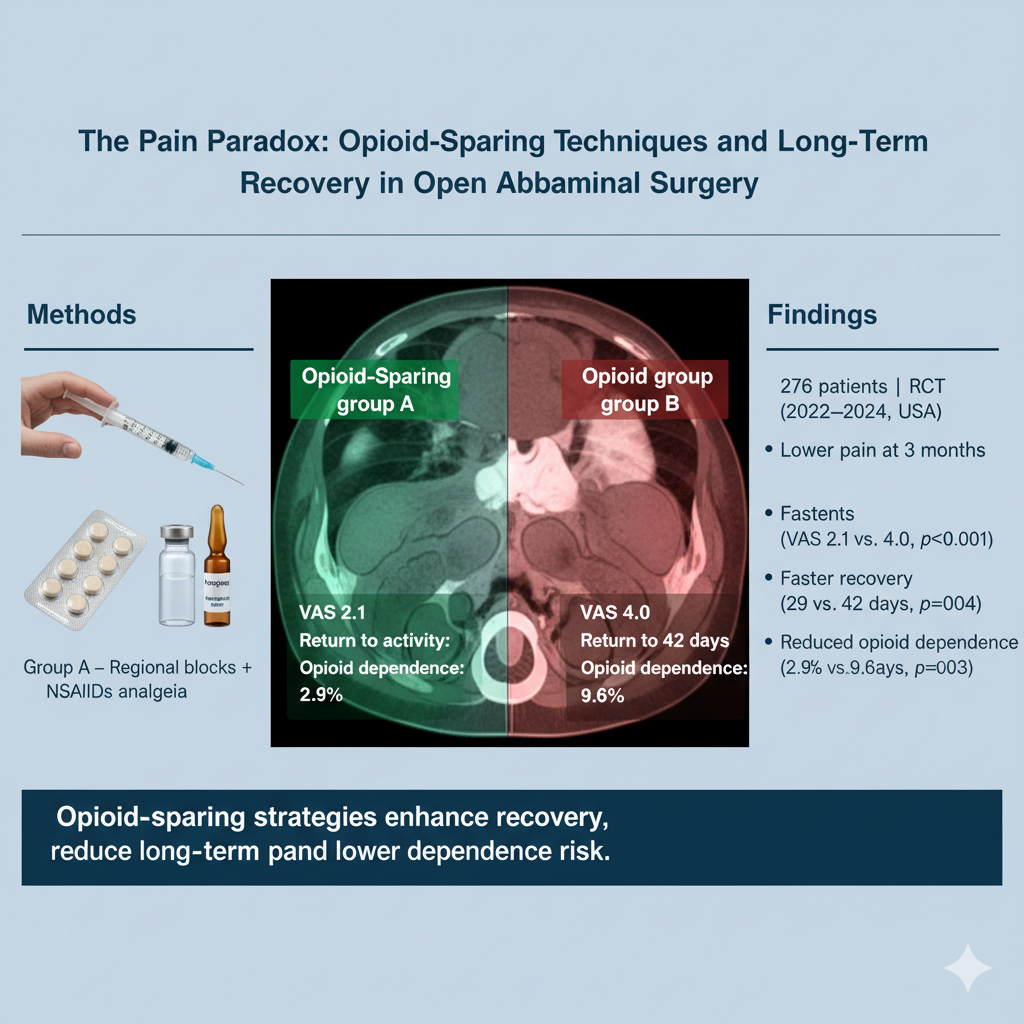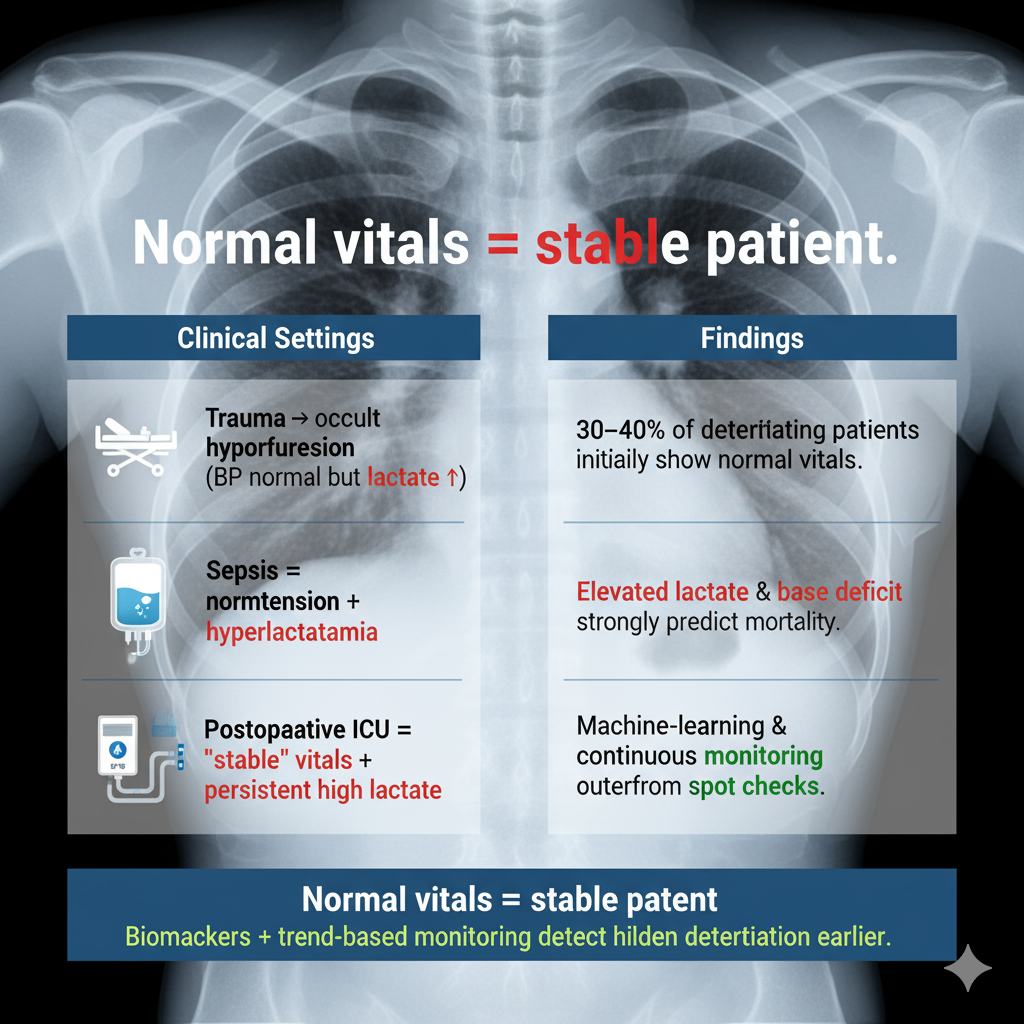Vol. 6 No. 6 (2025): New Findings in the East Mediterranean Region

New Findings in the East Mediterranean Region
The journal issue New Findings in the East Mediterranean Region explores the dynamic and rapidly expanding research landscape of the Middle East and North Africa (MENA). This region has become a fertile ground for scientific discovery and innovation, driven by ambitious government visions, strategic investments, and growing international collaboration.
Research Landscape in MENA1. Deep Roots and Emerging Potential
The MENA region holds a long history of intellectual contributions, from early advances in mathematics, astronomy, and medicine, to today’s cutting-edge scientific research. In recent years, governments, universities, and research centers across the region have embraced the transition toward knowledge-based economies, placing science, technology, and innovation at the forefront of national development agendas.
2. Growth of Institutions and Infrastructure
World-class universities and specialized research institutes are transforming the regional landscape. Institutions like KAUST in Saudi Arabia, Khalifa University in the UAE, QBRI in Qatar, and long-established universities in Egypt, Tunisia, and Morocco are producing globally relevant research while addressing regional priorities such as energy sustainability, water scarcity, and health system challenges.
3. Expanding Research Output
MENA countries are demonstrating strong increases in scholarly publications. Egypt, Iran, and Turkey lead in terms of volume, while the Gulf states show rapid growth linked to targeted investments. This output reflects not only enhanced capacity but also a commitment to building global scientific visibility.
4. Collaboration and Internationalization
Regional research thrives on partnerships—with Europe, North America, and increasingly Asia—bridging expertise, technologies, and funding. In parallel, intra-regional collaborations are growing, supported by initiatives that link North Africa with the Gulf and Levant, promoting knowledge exchange within the MENA context.
-
Energy and Engineering Sciences: Renewable energy, materials science, ICT, and infrastructure innovations.
-
Climate and Environmental Research: Water desalination, desert agriculture, biodiversity, and climate change resilience.
-
Biomedical and Public Health Sciences: Addressing region-specific health burdens such as diabetes, cardiovascular disease, infectious diseases, and mental health.
-
Social Sciences and Humanities: Capturing the cultural, political, and socioeconomic transformations reshaping the region.
Despite progress, systemic challenges remain:
-
Underfunding of R&D compared to global benchmarks.
-
Brain drain of skilled researchers to Western institutions.
-
Weak academia–industry links, limiting innovation transfer.
-
Publication visibility gaps, with fewer studies reaching top-tier international journals.
The Web of Science – East Mediterranean Region (WOS-EMR) database plays a pivotal role in documenting and amplifying these research efforts. By going deep into the Middle East and North Africa, WOS-EMR ensures that regional research is discoverable, accessible, and connected to the global scientific community. Through rigorous peer review and indexing, it provides a trusted platform that highlights the scientific strengths of the East Mediterranean and positions them within international research networks.
OutlookThe MENA research landscape is moving beyond growth in numbers toward impact and innovation. By strengthening governance, diversifying funding, and promoting collaborative ecosystems, the region is poised to become a significant contributor to global knowledge production. New Findings in the East Mediterranean Region serves as both a mirror and a voice for this transformation, showcasing the creativity, resilience, and ambition of MENA’s scientific community.


